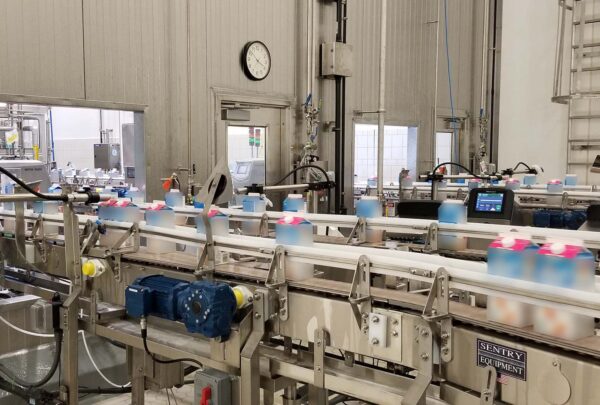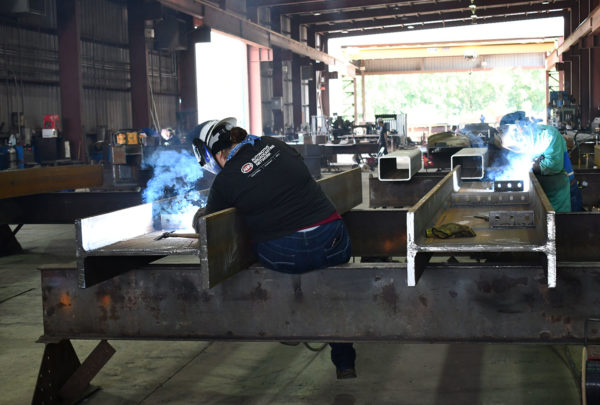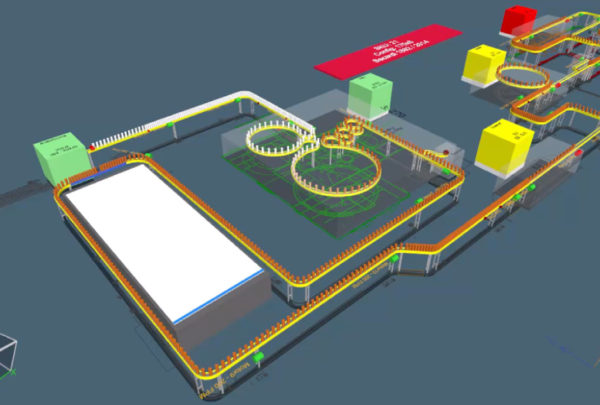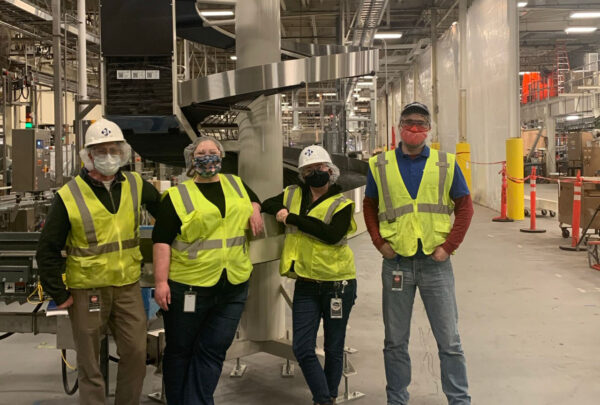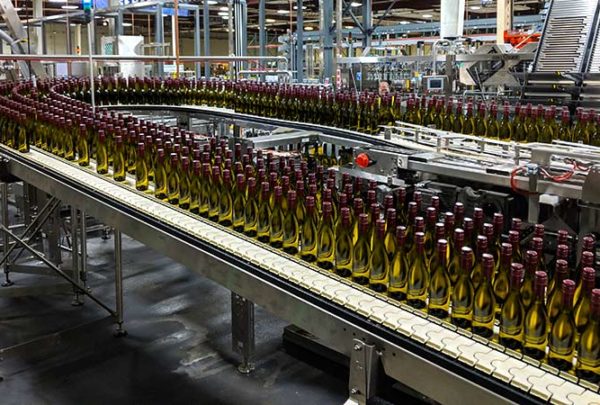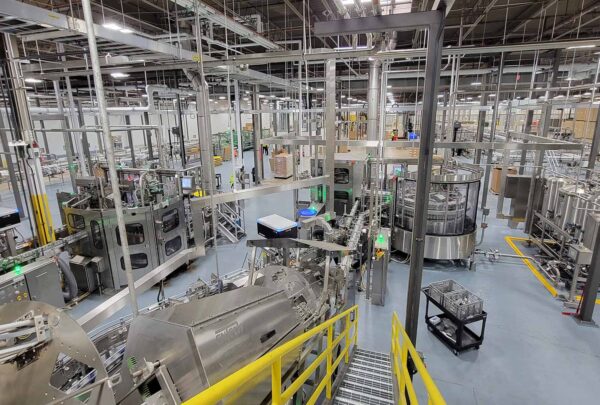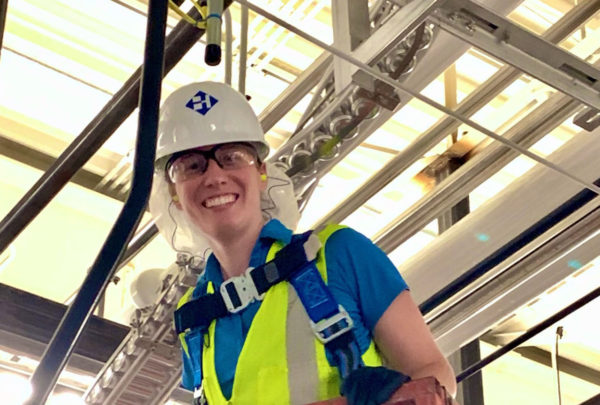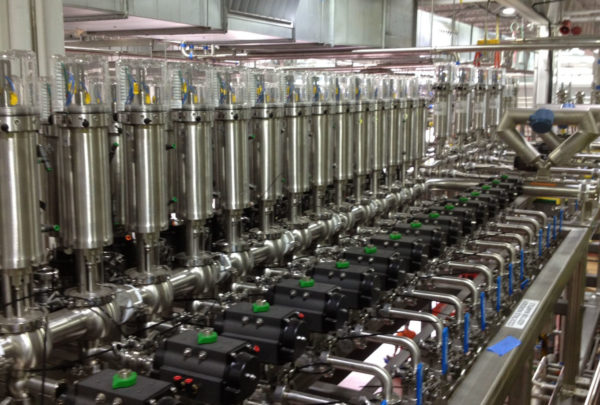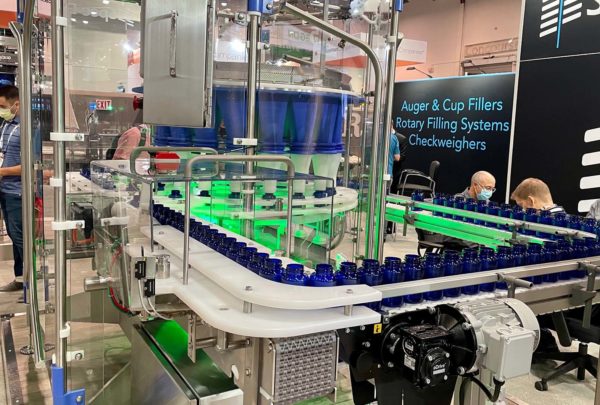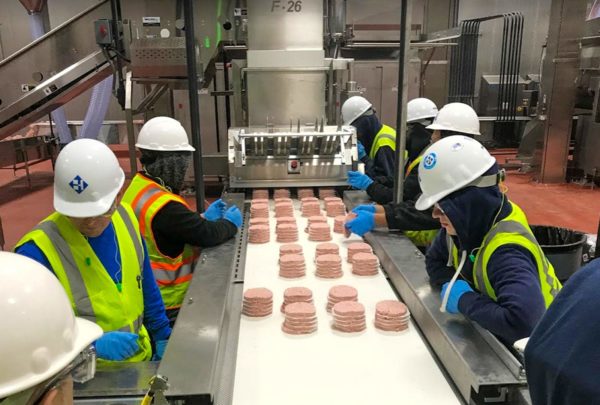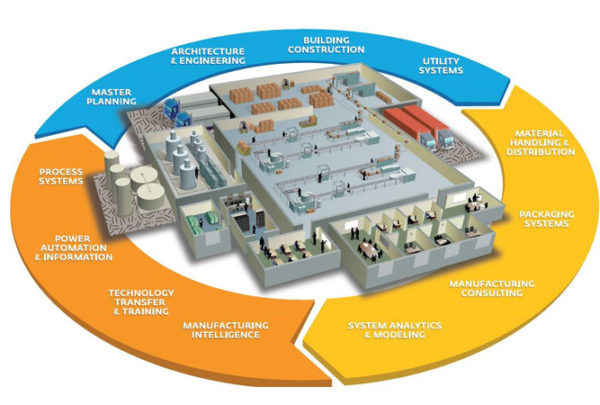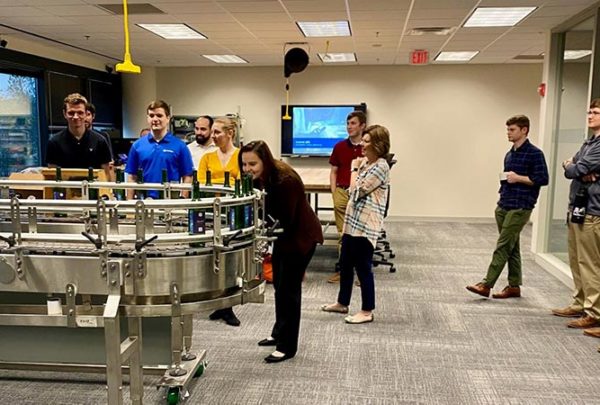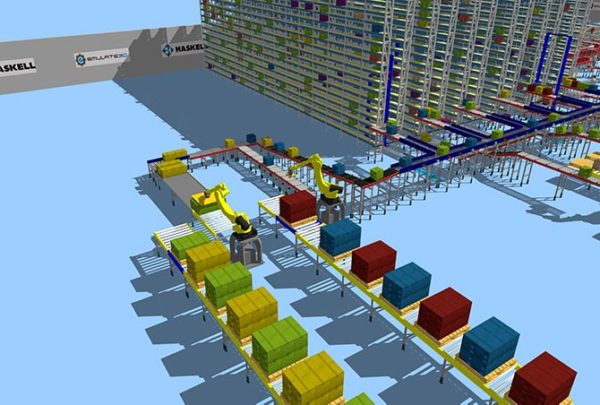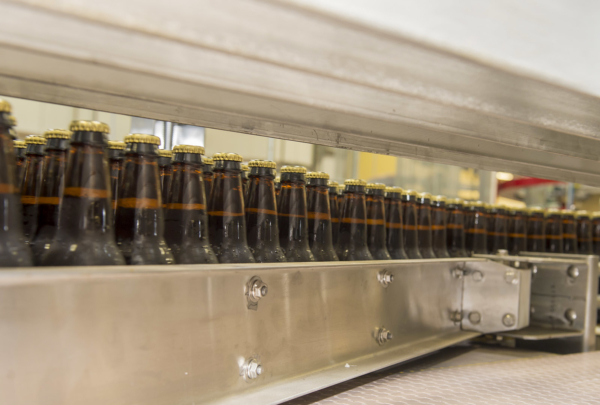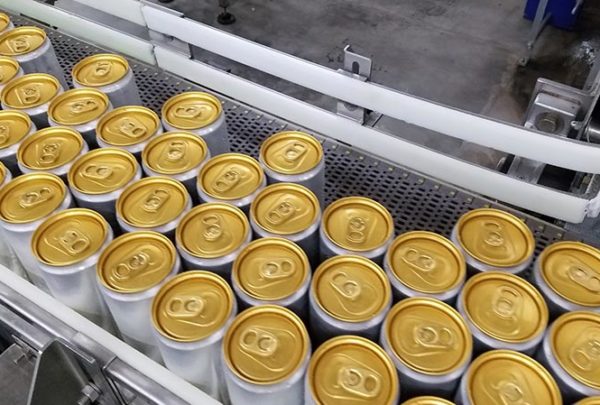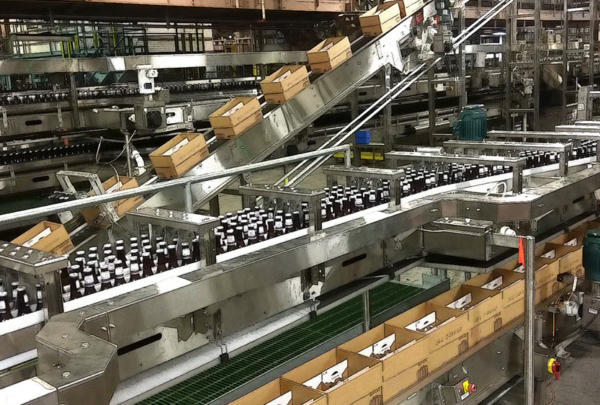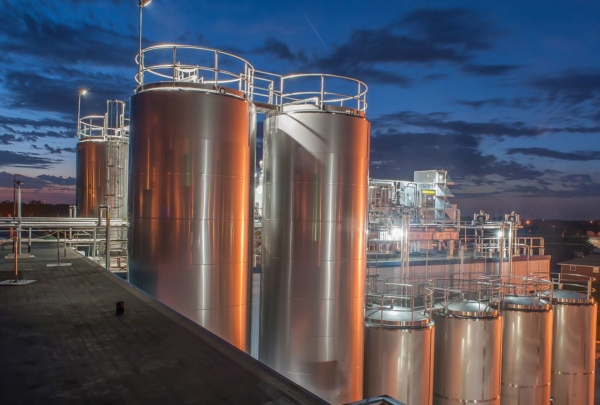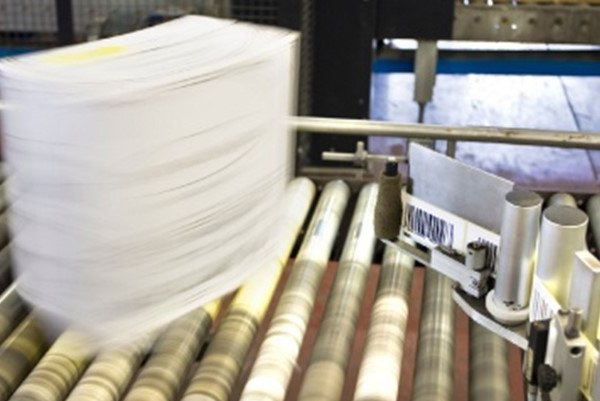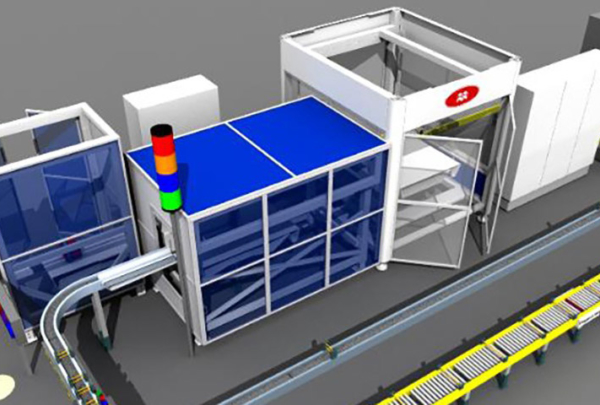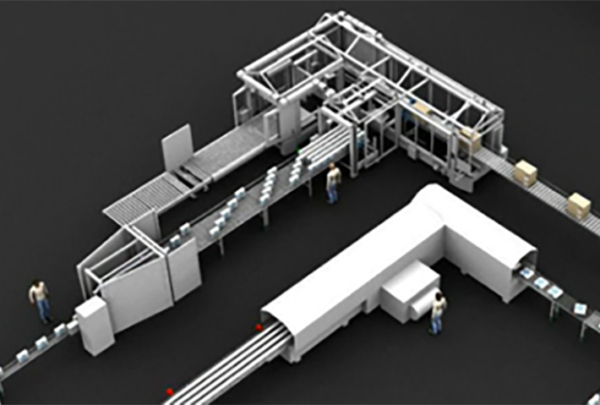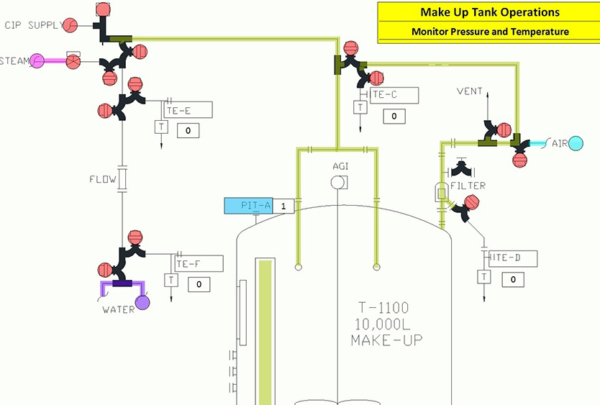Are you tired of traffic? Do you want the answers to solve all of your traffic woes? Unless everyone in your city reads this blog, you are in the wrong place. Fortunately, there is something you have more control over – the effectiveness of your material handling system.
This blog examines three lessons that traffic jams teach us about designing an efficient system. Though the first two lessons are minor changes that can be made before or after the third lesson, the sequence in which you implement can greatly influence your productivity. After reading these three lessons, what will your implementation order be?
1. Create Space
Can every driver move as soon as an accident is cleared from the highway? Unfortunately, no. You have to wait until the person in front of you moves as does the driver behind you. Each delay drifts traffic upstream. The same is true for the products on your conveyor.
Suppose one of your operators notices a fallen package causing congestion on your conveyor. Thirty minutes after your operator adjusts the package, you notice your entire system is completely backed up. Why is that?
In many cases, manufacturers maximize the area on their conveyor to increase the speed to market but leave little room for error. Creating the appropriate amount of space between packages and proper back-up and re-start logic allows room for minor delays and merging products.
2. Maintain the Speed of Traffic
Have you noticed that it takes longer and is more dangerous to constantly stop and go than it does to maintain a constant speed? Many drivers ignore this and speed directly behind the car in front of them just to come to a halt repetitively. Let's compare this concept to a material handling system. For manufacturers, the main goal is to move products to market faster than competitors. To attain this, some manufacturers resort to running their systems at maximum speed. This is an accident waiting to happen. Maintaining a constant system speed – partnered with creating appropriate space – can increase efficiency and speed to market by avoiding constant stoppage. Take a look at the simulation video below demonstrating how creating space and maintaining speed help create a smooth and efficient material handling system.
This simulation video illustrates the first two lessons - creating space and maintaining system speed. View more simulation videos. »
3. Identify the Bottleneck
Prior to leaving for your destination, do you check for traffic delays along your route? If so, you can identify bottlenecks and make sound decisions. You can do the same with your material handling system.
By recognizing your bottleneck, you can adjust your speed, create accumulation and determine solutions to forecasted issues. Many manufacturers detect their bottleneck well after design and construction, but there is a way to be proactive.
As discussed in the beginning of this blog, the sequence in which you implement these lessons can greatly impact your system efficiency.
Material Handling Expert Suggestions
Identify your bottleneck first. Once you do this, you can create buffering around the bottleneck as well as design the system to absorb normal jams and stops to maintain consistent flow.
Simulation modeling, like the video above, is also strongly suggested. By analyzing your system virtually, you can determine bottlenecks and make design accommodations to optimize your entire system before construction to reduce risk, cost and time.
Would you like to see how other manufacturers advanced their manufacturing operations and production through a fully optimized supply chain? If you are interested in discussing more detailed specifics about how to increase the efficiency of your material handling system, contact our Director of Material Handling, Paul Perkins at (678) 328-2909 or paul.perkins@haskell.com.




